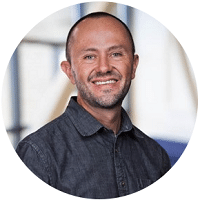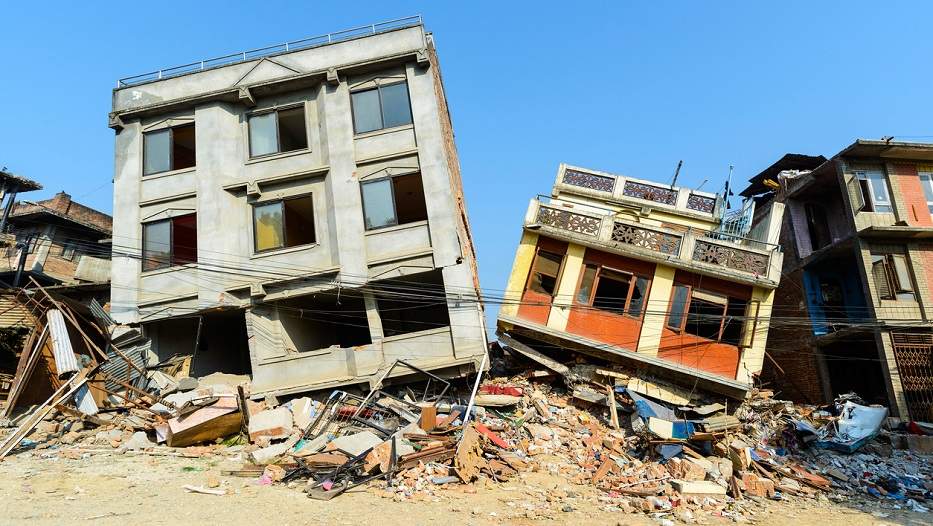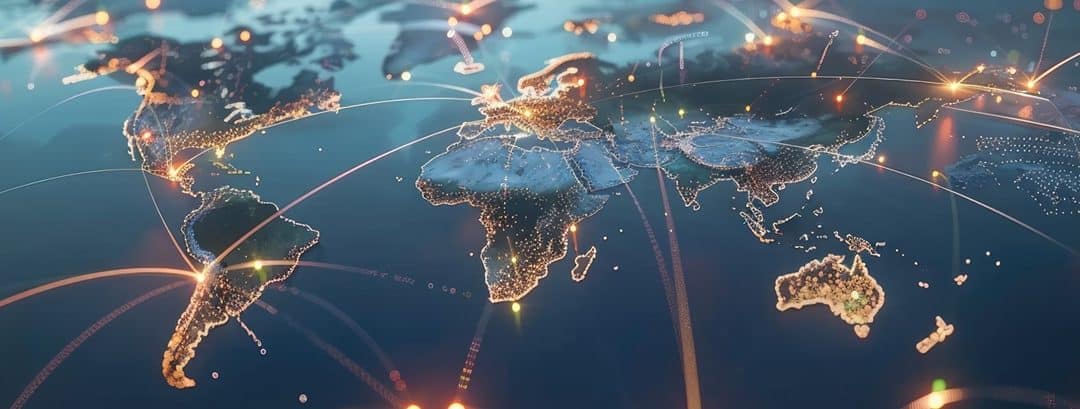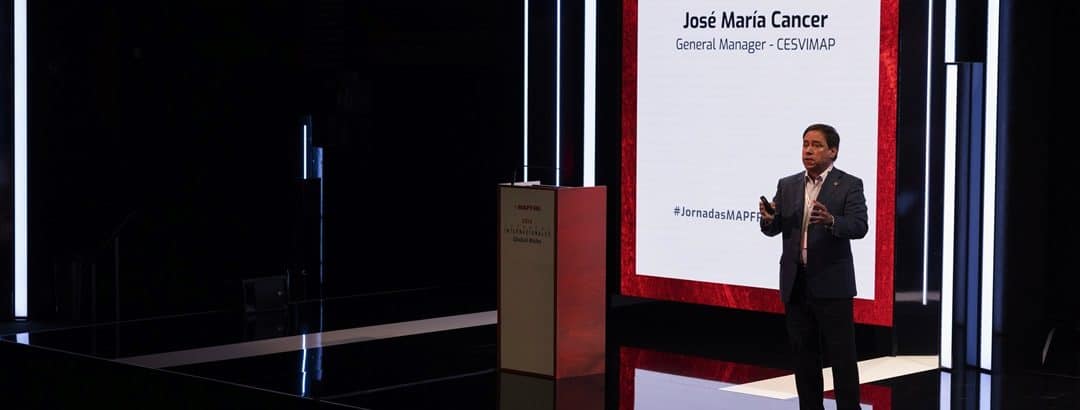Earthquake-resistant construction in Latin America has been the subject of increasing attention and innovative efforts in recent years, especially in countries with high activity. Its importance is vital due to the frequency and magnitude of earthquakes that frequently affect the region.
In a geographic environment prone to earthquakes, the safety and resistance of buildings have become a fundamental priority to safeguard lives and protect urban heritage.
Mexico, in particular, has been particularly hard hit by devastating earthquakes throughout its history, making it an active laboratory for innovation in earthquake-resistant construction. The experience and lessons learned from these catastrophic events have prompted the country to seek effective solutions to protect its infrastructure and population.
Challenges of earthquake-resistant construction
José Antonio Flores Ruiz, a Mexican expert in earthquake-resistant construction, points out that, although there are reasonable codes in the region’s large cities that provide an average level of protection against damage, there are still significant challenges.
“In Mexico City, for example, structures are designed for a collapse prevention performance for an earthquake with a 250-year return period, which is more frequent than what is customary in other regions,” he says.
Therefore, the specialist points out that one of the main challenges lies in establishing industrial engineering design codes that meet the expectations of building users, as most of the country does not have them. This is why it is essential to “make investors aware of the seismic risk” and seek advice from competent engineers to reduce it with better structures.
Another major challenge is the implementation of these codes, as the processes for obtaining building permits often do not entail a detailed review of the structural project. “While Mexico City has taken a step forward with the activation of a Structural Safety Department, other cities must follow suit to ensure the proper implementation of standards,” he warns.
Quality controls
The last of these is quality control, especially in more remote areas where a lack of financial and technical resources makes it difficult to establish effective quality control processes. To ensure safety in all constructions, these processes must be encouraged and supported in all regions of the country.
Overall, there is a great lack of awareness and education in the earthquake-resistant construction industry, so many builders and building owners are unaware of the advantages of new technologies and may be reluctant to implement changes into their construction practices.
According to the expert, promoting training and the dissemination of information is essential in order for construction professionals to understand the importance of investing in seismic safety measures. Collaboration between governments, educational institutions, and the private sector can be key to achieving greater awareness and adoption of safe building practices.
A future of innovation
In recent years, the earthquake-resistant construction debate has been marked by terms such as superadobe, a material that has gained popularity as a sustainable and affordable option for communities in vulnerable areas. This method, developed by architect Nader Khalili in the 1980s, has proven to be an interesting alternative for building strong structures using local and low-cost materials.
However, Flores Ruiz explains that this material is very dependent on the geometry of the structures, meaning that it only works for relatively small buildings, added to the fact that it is not considered in the regulations of any urban code, so it is mainly relegated to rural areas.
In contrast, he states that the most important lines of research to mitigate seismic risk are focused on issues of base insulation or shock absorbers, which are also solutions that can be implemented into almost all buildings constructed in cities.
“In Japan, for example, base-insulated buildings are very common, and in Turkey, which I had a chance to visit after the February earthquake, all public hospitals are built with base insulation by government mandate, so that they can remain functional after an earthquake,” he states.
insurance companies
The engineer also alludes to the difficulty for insurance companies to assess seismic risk in countries such as Mexico, as the quality of construction and performance in the face of natural risks is highly variable due to the lack of codification and quality control. “I would consider the possibility of natural disasters such as hurricanes or earthquakes as high and suggest that insurers establish seismic risk studies that can be reliable and easy to interpret in order to reduce premiums for insured parties,” he says.
He gives as an example the studies conducted in the United States called PML (Probable Maximum Loss), which seek to encourage the adoption of seismic safety measures in the construction of buildings. In other words, if the building has a certain rating, the premiums are significantly reduced. He therefore concludes that it would be necessary to implement something similar in Latin America, with engineers specialized in seismic engineering who are also ethically responsible.
Contributor to this article:
José Antonio Flores Ruiz holds a bachelor’s degree in civil engineering from Mexico City and a master’s degree in design from the University of Canterbury in New Zealand in 2005.
holds a bachelor’s degree in civil engineering from Mexico City and a master’s degree in design from the University of Canterbury in New Zealand in 2005.
A year later, he moved to California where he began working for Degenkolb Engineers and in 2022, he opened an office in Mexico.
For nearly the last 20 years of his life he has specialized in seismic design, particularly in the rehabilitation of existing buildings, high-rise concrete towers, and new construction using the technical knowledge gained from several trips following major earthquakes, such as those in Turkey.




